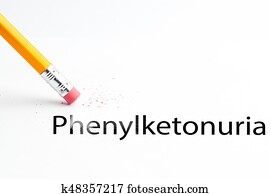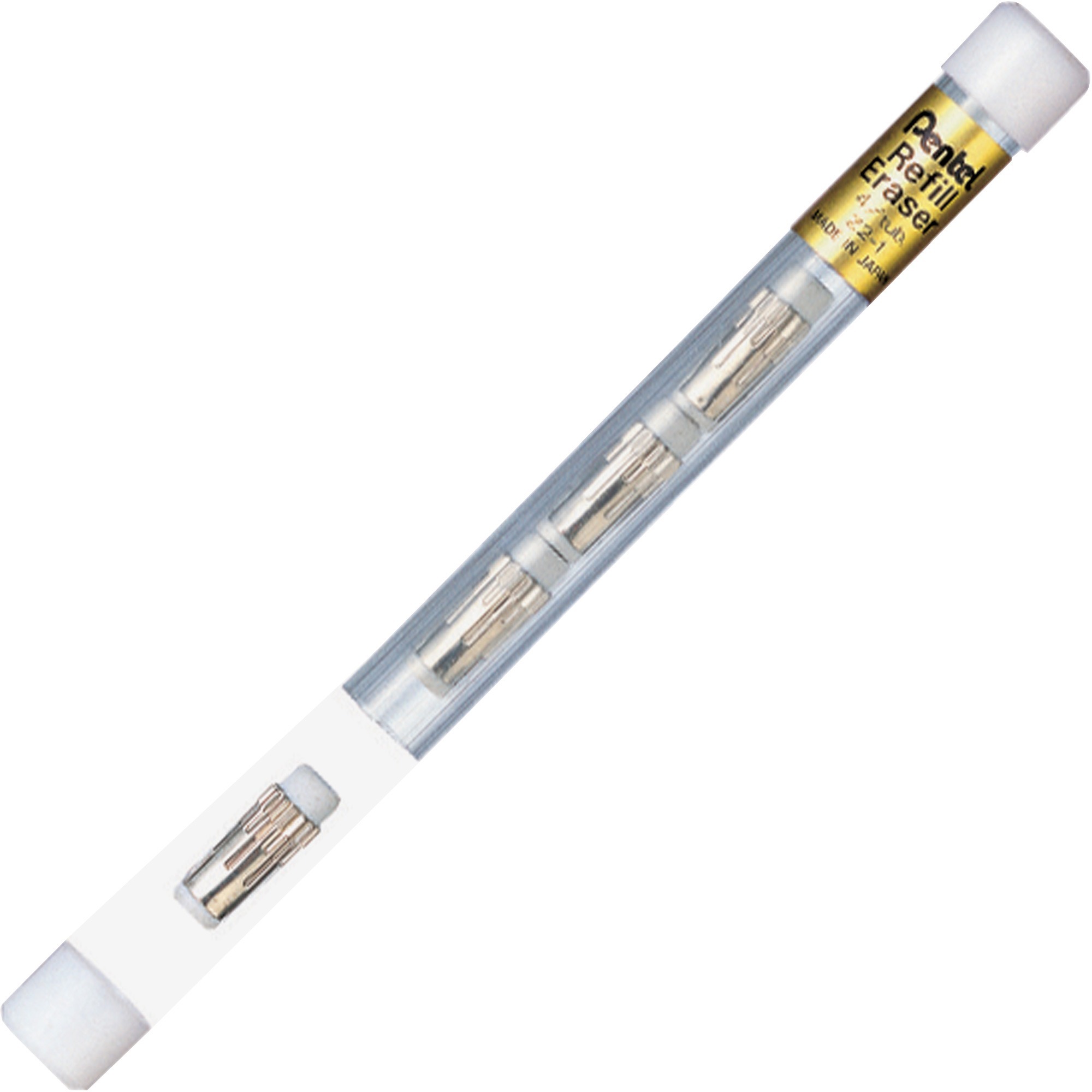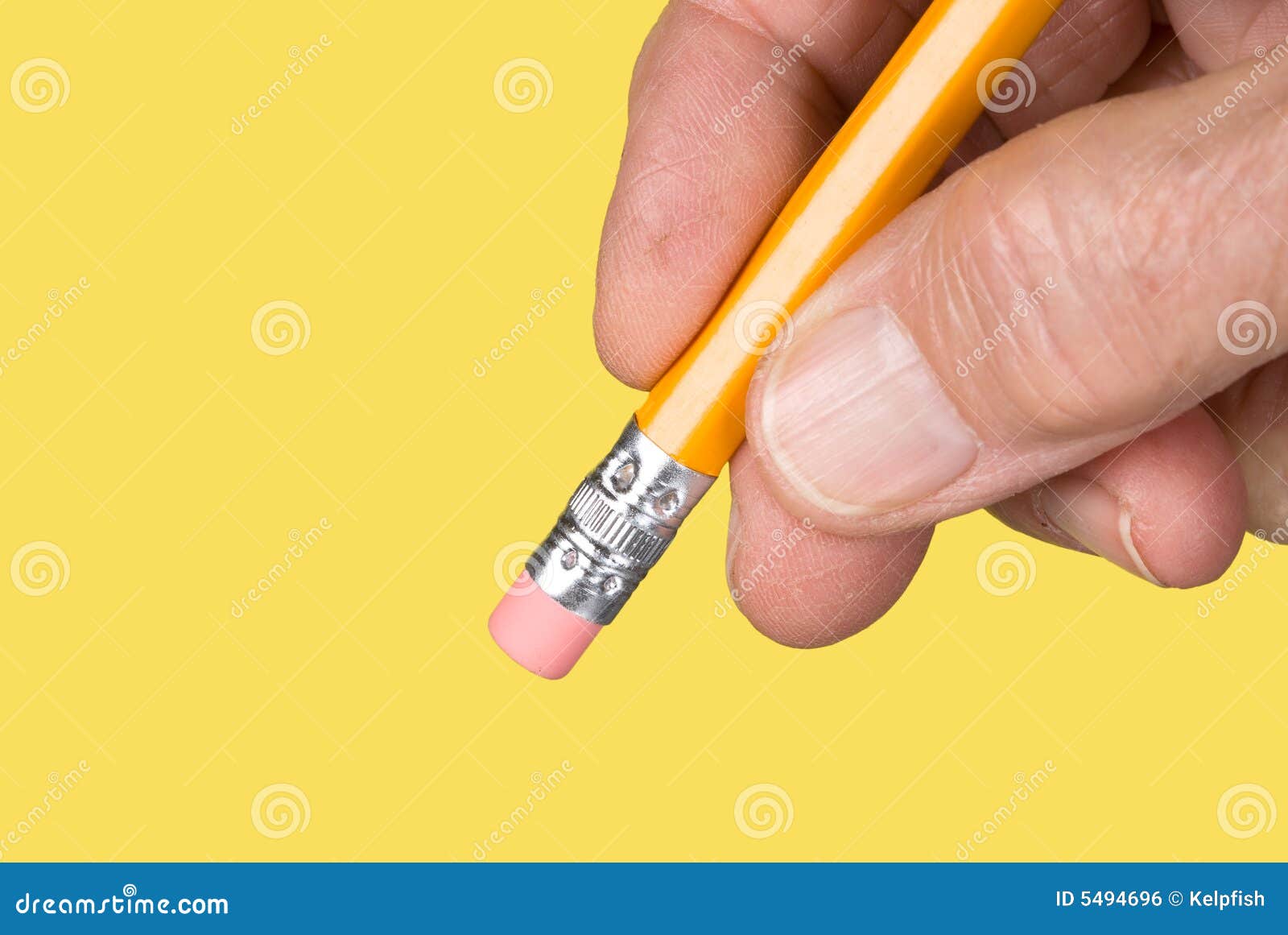

In these types, a thermoplastic elastomer combines a styrene resin elastomer and an olefin resin. More recently, very low-cost erasers are manufactured from highly plasticized vinyl compounds and made in decorative shapes. They often come in white and can be found in a variety of shapes. Engineers favor this type of eraser for work on technical drawings due to their gentleness on paper with less smearing to surrounding areas. Being softer and non-abrasive, they are less likely to damage canvas or paper. This is because the removed graphite does not remain on the eraser as much as rubber erasers, but is instead absorbed into the discarded vinyl scraps. High-quality plasticized vinyl or other "plastic" erasers, originally trademarked Mylar in the mid-20th century, are softer, non-abrasive, and erase cleaner than standard rubber erasers. Art gum erasers are traditionally tan or brown, but some are blue. This residue must then be brushed away with care, as the eraser particles are coated with the graphite and can make new marks. The removed graphite is carried away in the crumbles, leaving the eraser clean, but resulting in a lot of eraser residue. However, they are so soft as to be imprecise in use. It is especially suited to cleaning large areas without damaging the paper. It is very soft yet retains its shape and is not mechanically plastic, but crumbles as it is used. That type of eraser was originally made from oils such as corn oil vulcanized with sulfur dichloride although may now be made from natural or synthetic rubber or vinyl compounds. The stylized word "Art gum" was first used in 1903 and trademarked in the United States in 1907. They can also be permanently attached to the end of a pencil with a ferrule.

They are relatively hard (in order to remain attached to the pencil) and frequently colored pink. Originally made from natural rubber, but now usually from cheaper SBR, this type contains mineral fillers and an abrasive such as pumice with a plasticizer such as vegetable oil. Novelty erasers made in shapes intended to be amusing are often made of hard vinyl, which tends to smear heavy markings when used as an eraser. Many, but not all, wooden pencils are made with attached erasers. A barrel or click eraser is a device shaped like a pencil, but instead of being filled with pencil lead, its barrel contains a retractable cylinder of eraser material (most commonly soft vinyl). Įrasers may be free-standing blocks ( block and wedge eraser), or conical caps that can slip onto the end of a pencil ( cap eraser). It was later invalidated because it was determined to be simply a composite of two devices rather than an entirely new product. On March 30, 1858, Hymen Lipman of Philadelphia, United States, received the first patent for attaching an eraser to the end of a pencil. Rubber erasers became common with the advent of vulcanization. In 1839 Charles Goodyear discovered the process of vulcanization, a method that would cure rubber, making it durable. Nairne, Mathematical Instrument-Maker, opposite the Royal-Exchange." In 1770 the word rubber was in general use for any object used for rubbing the word became attached to the new material sometime between 17. The invention was described by Joseph Priestley on April 15, 1770, in a footnote: "I have seen a substance excellently adapted to the purpose of wiping from paper the mark of black-lead-pencil. According to Nairne, he inadvertently picked up a piece of rubber instead of breadcrumbs, discovered rubber's erasing properties, and began selling rubber erasers. Nairne sold natural rubber erasers for the high price of three shillings per half-inch cube. Until that time the material was known as gum elastic or by its Native American name (via French) caoutchouc. In 1770 English engineer Edward Nairne is reported to have developed the first widely marketed rubber eraser, for an inventions competition. So we thought nothing of taking these and eating a firm part to at least slightly satisfy our hunger. Crustless bread was used a Meiji period (1868–1912) Tokyo student said: "Bread erasers were used in place of rubber erasers, and so they would give them to us with no restriction on amount. Bits of rough stone such as sandstone or pumice were used to remove small errors from parchment or papyrus documents written in ink.

Before rubber erasers used today, tablets of wax were used to erase lead or charcoal marks from paper.


 0 kommentar(er)
0 kommentar(er)
